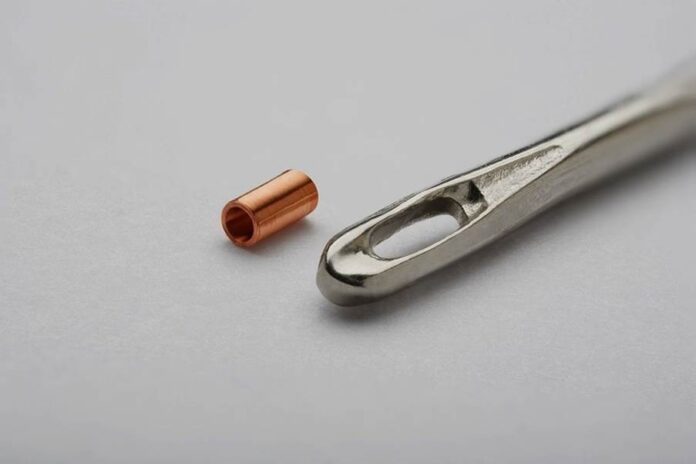The micro-coil technology has created a massive revolution in the healthcare industry. With the power of ultra-thin wire, medical sensor devices have become more efficient and have led to better treatment procedures. The micro-coil technology is, however, multi-dimensional. One of the important aspects of this technology is thermo-compression bonding. This article will shed light on this particular area of compression bonding and its different aspects. Let’s get into this.
Overview of Thermo Compression Bonding
Thermo compression bonding is the process of connecting extremely thin and fine wires to another ultra-fine wire to develop efficient medical devices. The material of these two fine wires can be different and they also can be of different diameters. The process of thermo compression bonding or micro compression bonding is the improved version of the traditional methods. With this process, it is possible to join ultra-thin wires that are even thinner than your hair. At current times the demand for microscopic technological components has increased significantly to make devices like sensors and transducers more efficient. In order to create these components, it is necessary to join the ultra-fine wires which is not possible using the traditional technique. Therefore the micro-compression technique has become extremely popular for joining and combining the microscopic ultra-fine wires.
Examples of Bonding
Now let’s take a look at some of the examples where thermo compression bonding works like magic. Firstly, if you want to join ultra-fine wires to extremely miniature copper coils, it is possible through thermo-pressure bonding. This process is also feasible for the connection of two metals where the designers need to join printed circuit boards to micro coils where thicker intermediate wire is necessary. Furthermore, through the process of thermo compression bonding, it is also possible to join micro coils to support systems where designers need to use metal-plated terminals. These types of pressure bonding connections are highly reliable as they have corrosion-free joints. This is also economically profitable as this process has lower manufacturing costs.
Flaws in Traditional Method
Some of the traditional methods of joining wires include incorporating external heat sources to make the connection with a filler metal or melting the metals by applying an electric current. Even though these traditional methods work well in some cases, joining ultra-thin wires is very difficult through this process. The heat often damages the wires which results in the overall process failure. Sometimes, the connection becomes unresponsive due to the physical strains of the wires caused by the traditional methods. With the thermo compression method, the designers can avoid these issues and achieve the desired outcome.
Advantages of Thermo-Compression Bonding
There are several advantages of thermo-pressure bonding of ultra-thin wires. Firstly, the connection and bond become extremely strong in this process which ensures proper stability. Additionally, this method is safer than the traditional method as there is little to no chance of damaging any type of components. Finally, through thermo-pressure bonding mass production is possible as it has a significantly lower manufacturing cost. So, it is evident that this process of connecting wires will become more popular in future market scenarios.



